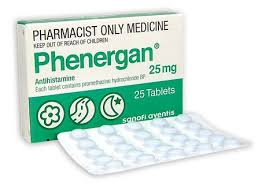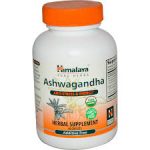Allergic diseases and reactions: rash, itching, eczema, medicinal rash, serum disease, Quincke’s disease, hay fever, anaphylactic shock, broncho-obstructive syndrome (as a part of combination therapy).
Skin diseases (including eczema, neurodermatitis, diathesis, contact dermatitis and toxicodermatosis).
In anesthesiology: as a tranquillizer, before and after the surgeries, as a supportive drug together with analgetics; for prevention and treatment of sickness and vomiting during anesthesia and surgeries; in artificial hybernation.
As a part of combination therapy or as a supportive drug: kinetosis, migraine, sleep disorders, agitation states; stomach and duodenal ulcer.
In pediatrics: changes of skin integument and mucous membrane in infants caused by exudative diathesis, eczema, asthmatic bronchitis, false croup, different kinds of allergodermathosis, serum disease.
Dosage
The daily dose for adults (for oral intake) is 75-100 mg.
Side effects
Dry mouth, sickness, photosensitization, jaundice, less frequently- agranulocytosis and other complications. In cause of long-term treatment with Phenergan, you should periodically run the blood tests and control functional state of liver. The drug can cause irritation of skin and mucous membrane.
Contraindications
Hypersensitivity to the drug. The work related to the fast psychic and motor responses.
Phenergan is contraindicated in the first trimester of pregnancy. If it is clinically indicated, the treatment with Phenergan is provided in the third trimester of pregnancy (at the minimal maintaining dose), reducing it by the end of pregnancy to avoid the development of drowsiness or psychomotor agitation in newborns.
If it necessary to take Phenergan during the lactation period, you should stop breastfeeding.





